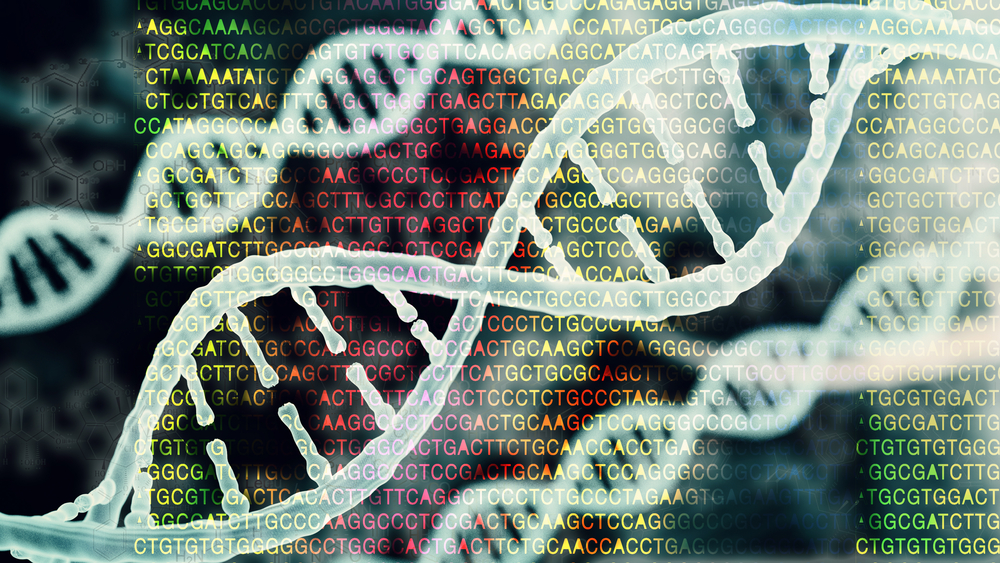Researchers ID Genetic Factor That Predisposes Carriers of Specific Mutation to Familial PAH

Variations in a gene called FIGN predispose to familial or heritable pulmonary arterial hypertension (FPAH) in carriers of the p.Arg491Gln mutation at the BMPR2 gene, according to a study looking at the largest family known to date with a history of the disease.
The findings may help to advance understanding of why only some individuals across families sharing the p.Arg491Gln mutation eventually develop PAH.
The study “Genetic linkage analysis of a large family identifies FIGN as a candidate modulator of reduced penetrance in heritable pulmonary arterial hypertension” was published in the Journal of Medical Genetics.
Most known cases of FPAH — 75% to 80% — have been attributed to mutations in the BMPR2 gene, which provides instructions for the production of a protein called bone morphogenetic protein receptor type 2. Over 350 mutations at this gene have been linked with PAH, leading to disruption of the production of the BMPR2 protein, or reduction of its signaling capability.
However, the molecular mechanisms driving BMPR2-linked PAH are not fully understood, as it isn’t why only about 20% of the people with a mutated copy of BMPR2 will develop the disease. The later phenomena, when only a small proportion of all mutation carriers develop the disease, is referred to in science as “reduced penetrance.”
Consequently, a disease-causing BMPR2 mutation is necessary, but not sufficient to cause PAH.
This also means the disease can skip generations. A person carrying the mutation may not know it, and can pass it on to the next generation.
Besides, patient characteristics such as age or sex, or environmental conditions, one possible reason for a reduced penetrance is the effect of additional genetic factors, or genetic modifiers, that may turn BMPR2 mutation carriers more or less susceptible to develop PAH.
Many efforts have been made to find those genetic modifiers and most of the studies report a diversity of genetic factors involved, depending on the families analyzed. This suggests that new modifiers are likely to be found as more families are investigated.
In this study, researchers looked for the genetic modifiers in a large Iberian family of 65 individuals (five generations) affected by FPAH, who carried the BMPR2 mutation p.Arg491Gln. To date, this is the largest family reported with the disease.
In this family, 22 people were carriers of the mutation, and eight of those were diagnosed with PAH, which makes a reduced penetrance of 36.4%.
To hunt for genetic modifiers, researchers genotyped 32 individuals selected from the family, and performed a so-called linkage analysis, a test that sorts out regions in the genome more likely to be in linkage (inherited together).
The team identified a candidate genetic modifier — a region in the same chromosome and near BMPR2 — with variations that seem to modulate susceptibility to PAH, and that is inherited together with the BMPR2 mutation. This region is thought to regulate the gene activity of FIGN, a gene that gives instructions for the production of a protein called fidgetin.
Interestingly, researchers noted, several small variations at this region have been associated with blood pressure according to the genome-wide association study (GWAS) catalog.
The FIGN gene also is important for cell replication, and a variation at the gene was reported to have a protective role against congenital heart disease. “This finding is compatible with the role of FIGN as contributing to modulating” FPAH penetrance, researchers wrote.
Overall, “our results suggest that the genetic modifier acts through FIGN … whose expression variability would contribute to modulating heritable PAH,” researchers wrote.
“This finding may help to advance our understanding of RP [reduced penetrance] in PAH across families sharing the p.Arg491Gln pathogenic [disease-causing] mutation in BMPR2,” they added.
However, researchers emphasized that more studies are required to replicate and confirm these results.







